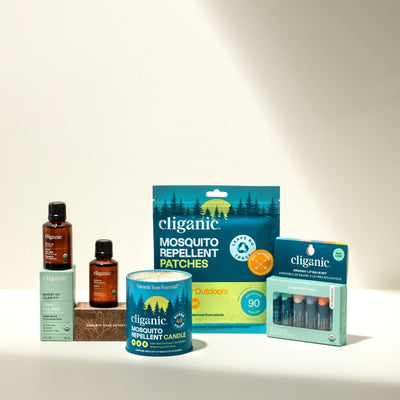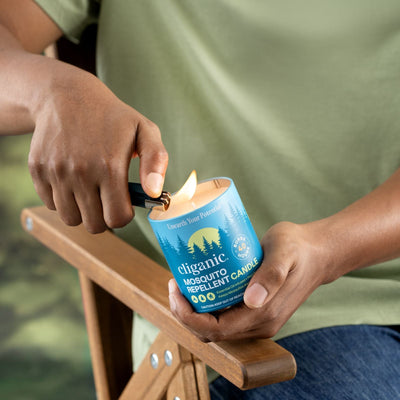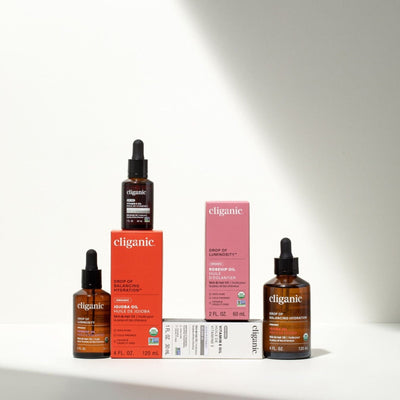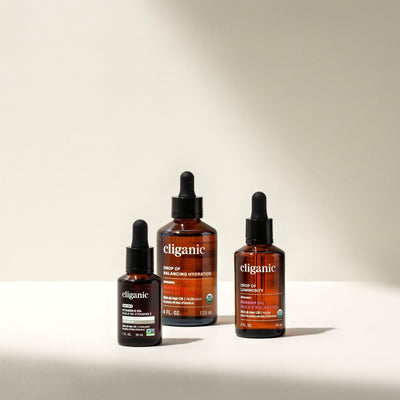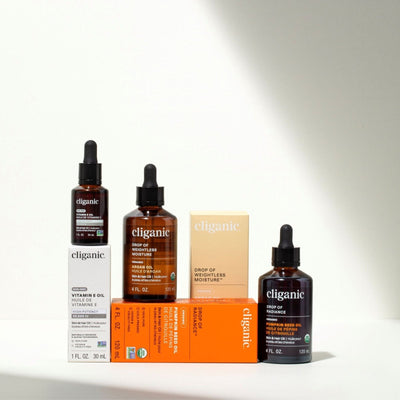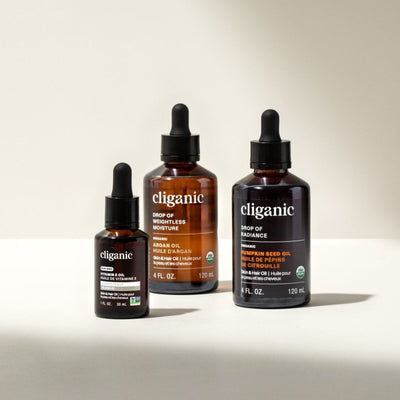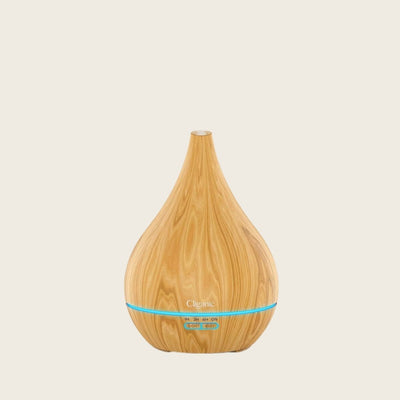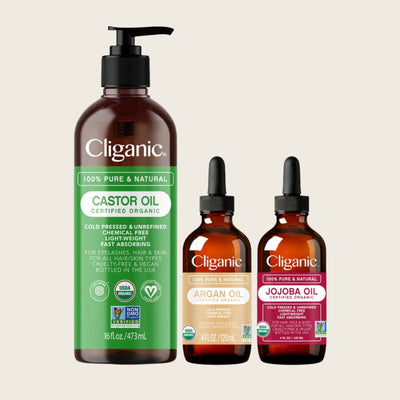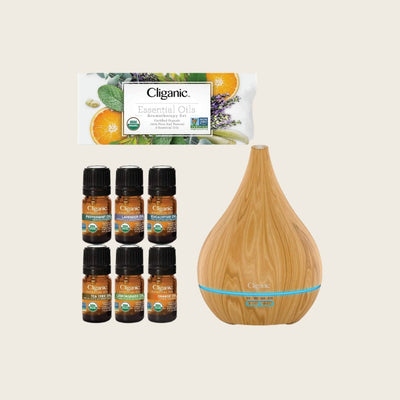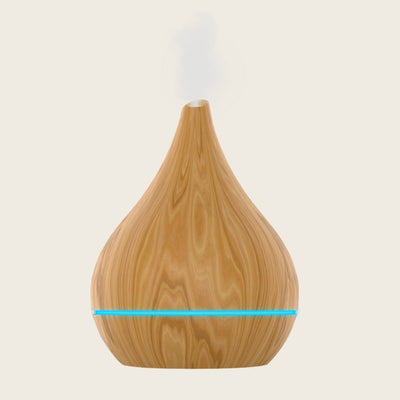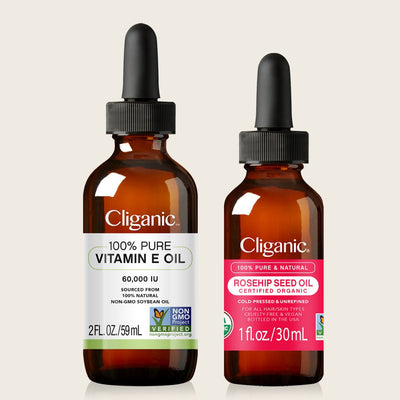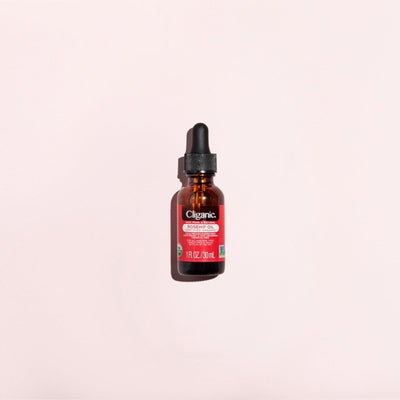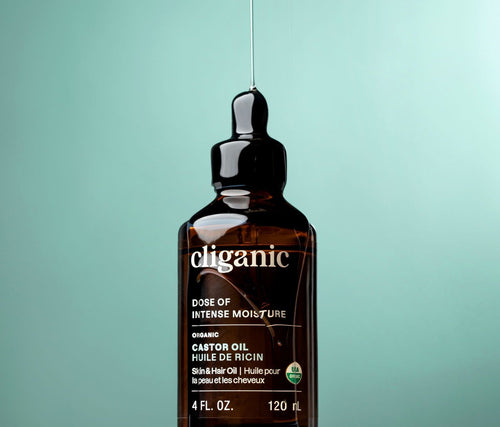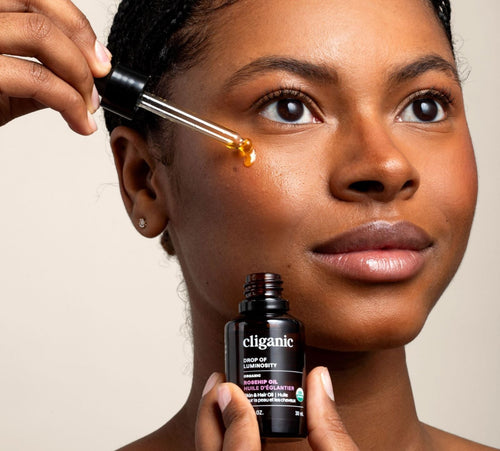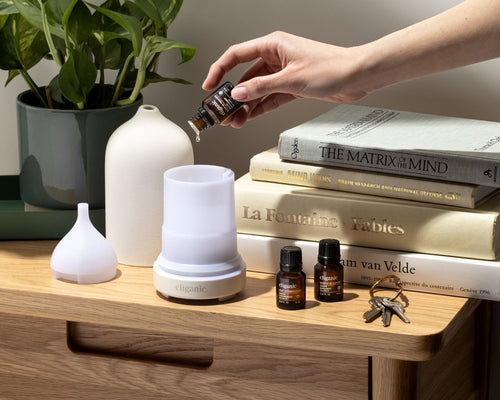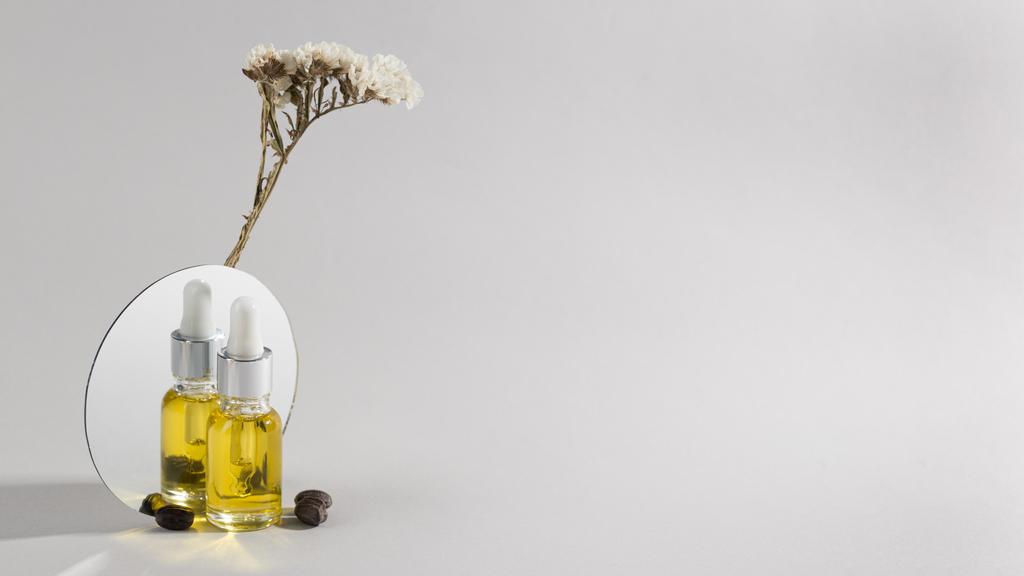
Essential Oils and Phototoxicity: Everything You Need to Know
We’ve all heard of the many health benefits of essential oils, but did you know that some essential oils can also pose some risks when used in combination with UV radiation? In this article, we will explore the potential issues of using certain essential oils when exposed to UV radiation. We’ll also examine the precautions that should be taken to ensure the safe use of photosensitizing essential oils. By understanding these risks, you can use your favorite essential oils without worry.
What is Phototoxicity?
Phototoxicity is a form of skin damage caused by exposure to ultraviolet (UV) radiation. It is a common side effect of certain medications, as well as some essential oils. The effects of phototoxicity can range from mild sunburn-like reactions to severe blistering and discoloration. In some cases, the damage caused by phototoxicity can be permanent if not treated properly.
The key to avoiding skin damage from phototoxicity is prevention. This means avoiding UV radiation exposure, wearing sunscreen, and being aware of which essential oils are phototoxic. It is important to note that this type of skin damage can occur even in individuals who do not consider themselves sensitive to sunlight or UV radiation exposure. Therefore it is important to take precautions when using photosensitizing essential oils even if you have never experienced adverse reactions before.

Which Essential Oils are Phototoxic?
Photosensitizing or phototoxic essential oils contain compounds like limonene that react with sunlight and cause an increase in the production of free radicals on the skin's surface, leading to damaged cells and tissue. The most phototoxic essential oils include bergamot, cumin, and angelica root. These should never be used on the skin if you plan to go outdoors.
Meanwhile there’s another group of essential oils that are only moderately phototoxic or photosensitive, which include lemon, lime, and grapefruit. These essential oils can still cause adverse skin reactions in sunlight, but not as severe as bergamot, cumin, and angelica root. Nevertheless it’s best not to use them if you plan to go outside.
Just because these essential oils can cause photosensitivity, doesn’t mean you can’t use them at all. They still provide many benefits to your body and mind, however, you just have to take certain safety precautions (more on this below).
Some companies take the extra step to remove certain compounds that can cause photosensitivity from their products. For instance, Cliganic removes bergapten, the chemical component in bergamot essential oil that can cause severe skin distress, so it’s safe to use on the skin and does not cause photosensitivity. When searching for essential oils, be sure to consult the company to see if any photosensitizing compounds have been removed.

Precautions for Using Essential Oils with Phototoxicity
When using essential oils that have compounds that could cause phototoxicity or photosensitivity, it is important to take the necessary precautions in order to avoid any potential adverse reactions. One of the most important things to be aware of is avoiding applying photosensitizing essential oils onto exposed skin before going outside (within 12 to 24 hours). This is because these essential oils can react with UV radiation, leading to phototoxic reactions that range from mild redness and itching to severe blistering or burning sensations. You should also avoid using photosensitizing essential oils before tanning beds or sun lamps too as this can further increase your risk of phototoxicity.
It is also important to wear protective clothing when going outdoors, such as hats, sunglasses, and long-sleeved shirts. It is best practice to opt for light-colored clothing as this reflects more of the sun’s rays away from your skin. Additionally, always apply sunscreen with a minimum SPF of 30 before leaving the house and reapply regularly throughout the day – even if you haven’t applied photosensitizing essential oils.
Before using any phototoxic or photosensitizing essential oils you should patch test the product on a small area of skin prior to use all over your body as some people may be more sensitive than others, and this will help you determine how they react before applying it all over. As with all essential oils, always use just a few drops at first and combine them with a carrier oil before topical use. If you experience any discomfort or signs of an allergic reaction following product use then it is advised that you seek medical advice immediately.
Final Thoughts
By understanding the risks associated with using phototoxic and photosensitizing essential oils and taking the necessary precautions you can safely use these products without fear of any adverse reactions occurring. For more information on how to use essential oils correctly, look at this article: Essential Oil Safety for Beginners.


